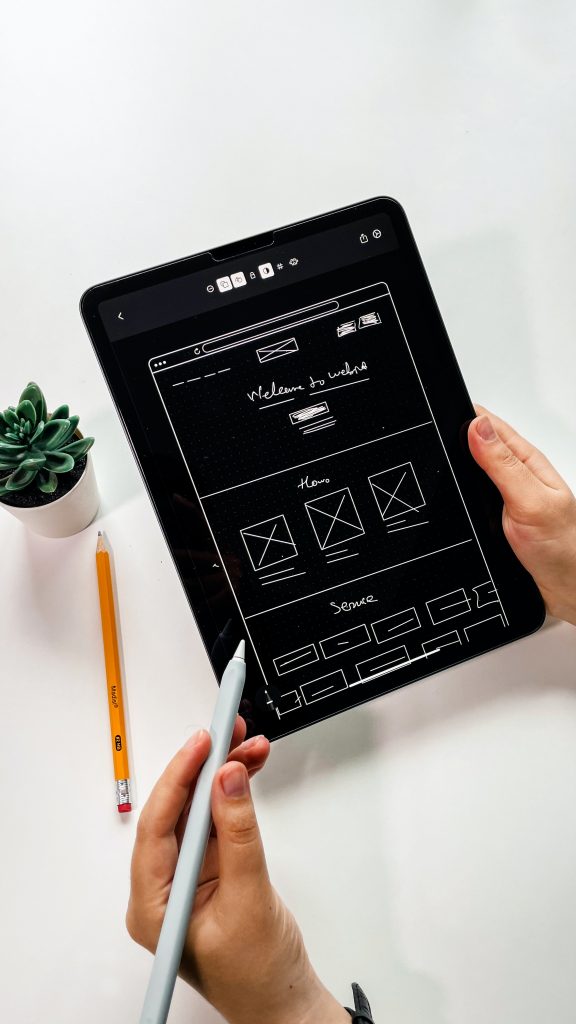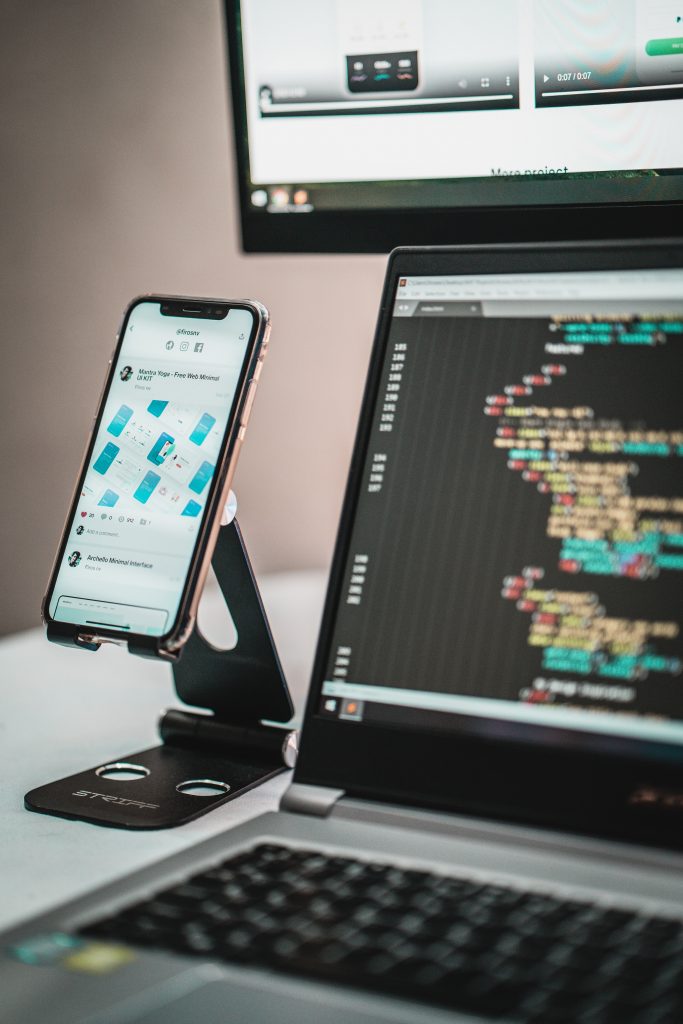What is an Interaction Designer?
An interaction designer is responsible for creating interactions in experiences that are both useful and delightful. In other words, their job is to design digital products, like websites and apps, that people will want to use. But interaction designers do more than make things look pretty—they also think about how users will interact with a product and how to design those interactions in a way that’s both intuitive and effective.
Interaction designers typically have a background in design, but they also need to be true problem-solvers who are always thinking about how to improve the user experience. So, if you’re interested in a career in interaction design, you’ll need to be creative, analytical, and focused on making things that people will love to use.
What Does an Interaction Designer Do?
At their core, an interaction designer is all about creating digital products that provide a great user experience. To do that, interaction designers must wear many hats—they need to think like both a designer and a developer and be familiar with everything from color theory to typography to front-end coding. And because they’re often working in cross-functional teams, interaction designers must also be great communicators who can collaborate effectively with everyone from visual designers to UX researchers.

Some of the specific tasks that interaction designers typically handle include:
- Conducting user research: Interaction designers must first understand who those users are and what they’re trying to accomplish to design products that meet users’ needs. That’s why user research is essential to the job; by conducting surveys, interviews, and usability tests, interaction designers can gain insights into how people use (or could use) a product—and then use those insights to inform the design process.
- Creating wireframes and prototypes: Once they have a solid understanding of their users and what they need, interaction designers can begin mapping out the user flow and sketching out rough interface designs, or “wireframes.” These wireframes are the foundation for high-fidelity prototypes—detailed mockups of the final product. Prototypes are essential because they allow interaction designers to test their designs with real users before any code is written.
- Designing user interfaces: Once the overall structure of the product has been determined, it’s time for interaction designers to start thinking about how individual screens (or “states”) will look. This step usually involves creating detailed visual designs that specify colors, typography, icons, and layout. Some interaction designers generate interactive animations and write front-end code; others work closely with developers. Their ultimate goal is always the same: to create an interface that’s as intuitive and satisfying as possible.
- Evaluating designs: Even after a product has been released, an interaction designer’s job is never done. It’s crucial to analyze how people use a product to inspire future design modifications. This feedback loop helps ensure that products constantly evolve and improve over time.
Interaction Designers vs. Visual Designers vs. User Experience Designers
UX interaction designers are responsible for how people engage with and navigate a digital product or service.At this level, there can be a lot of overlap in the responsibilities between interaction, visual, and user experience designers. This covers how a page looks, an app’s menu, and eCommerce purchases.
A big part of their job is ensuring those interactions are intuitive and visually appealing. They work together with visual and user experience designers to create something that looks attractive and feels natural to use.
The primary focus of user experience designers is how customers feel about a digital good or service. Their ultimate goal is to produce something that both functions and looks great, exceeding user expectations. Before suggesting improvements, UX designers typically conduct in-depth research to understand how users interact with a product or service. To create high-fidelity prototypes, UX designers, like interaction designers, must know visual design principles.
Visual designers focus on—you guessed it—the visual aspects of a digital product or service. This includes everything from typography and color schemes to iconography and layout. Part of their job is producing mockups and prototypes that accurately represent their vision for the final product. To build designs that look nice and operate well, they must understand interaction design concepts.
With more companies emphasizing digital experiences, demand for qualified specialists has never been higher. If you want to develop things that people enjoy, take our Intro to UX Design course.
